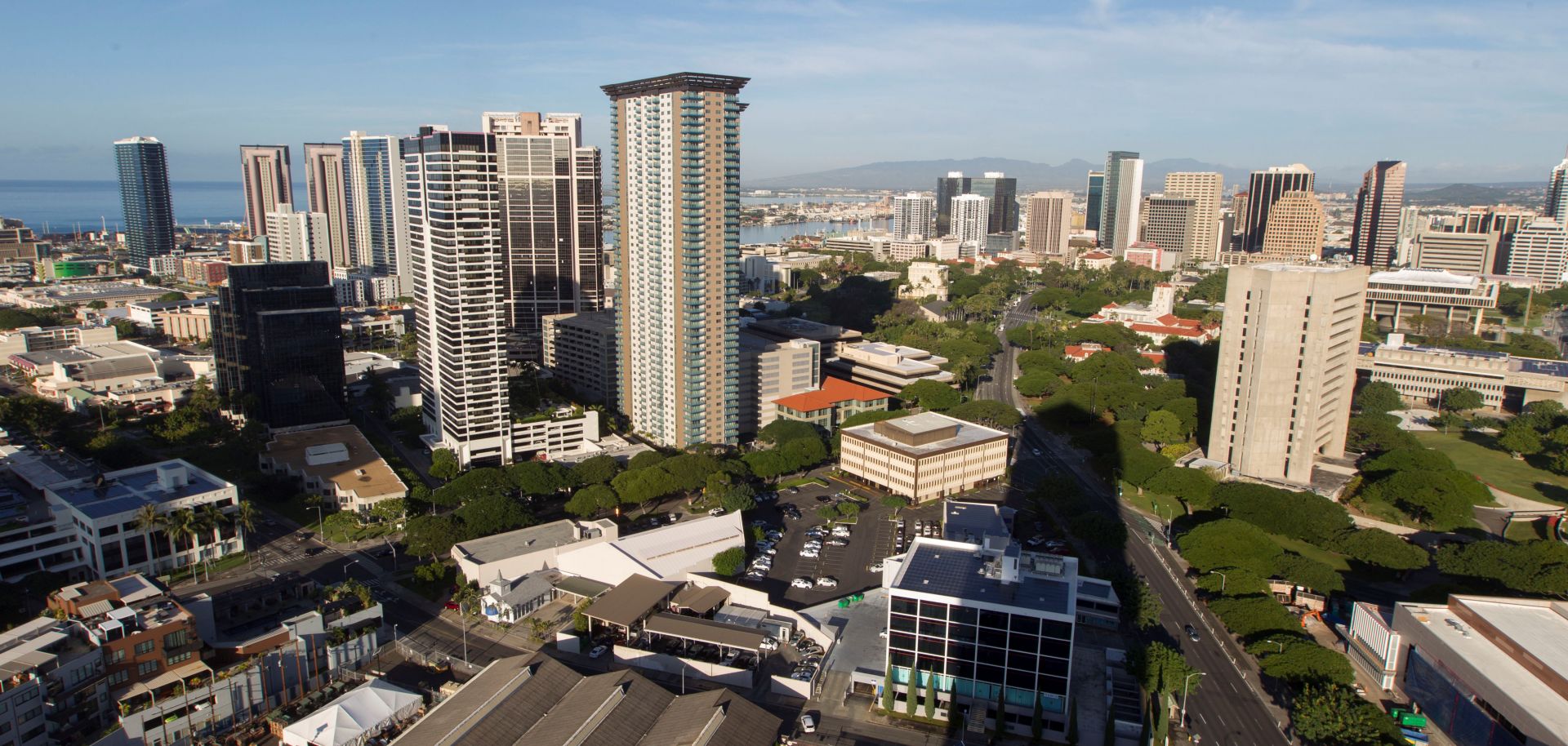Last week my wife went to Hawaii. When her plane left San Jose, California, at 7:15 a.m., she thought the day's closest shave with disaster would be that she had almost left her laptop in the car. Just under three hours later, though, the Hawaii Emergency Management Agency sent out a message no one should ever have to see: "BALLISTIC MISSILE THREAT INBOUND TO HAWAII. SEEK IMMEDIATE SHELTER. THIS IS NOT A DRILL." Amazingly, all the passengers on her flight really had switched their cellphones to airplane mode, so no one knew about the alert. By the time they landed at Lihue Airport on Kauai, the whole thing had blown over.
The incident was hardly the first false alarm since the Cold War ended in 1989. Human error and machine malfunctions will always be with us. But for almost 30 years, no warning of a missile attack on the United States...


